
Swimming is a great form of exercise for people of all ages and abilities. It is a low-impact activity that provides a full-body workout, making it an ideal choice for those looking to improve their overall fitness. But does swimming build muscle? In addition to its many health benefits, swimming can help to build muscle mass and strength if you follow a few steps and guidelines.
While swimming alone will not necessarily lead to large increases in muscle size, it can be an effective way to tone muscles, strength, and endurance. In particular, swimming can help muscle growth in the arms, chest, back, shoulders, legs, and core. For best results, aim to swim for at least 30 minutes three times per week. Combine swimming with other forms of exercise, such as weightlifting or cardio, for even greater muscle growth results.
Swimming offers a number of health benefits, including improved cardiovascular health, increased muscular endurance, and better joint flexibility. Additionally, swimming can help to reduce stress levels and promote relaxation. For people looking to improve their overall health, swimming is a great option.
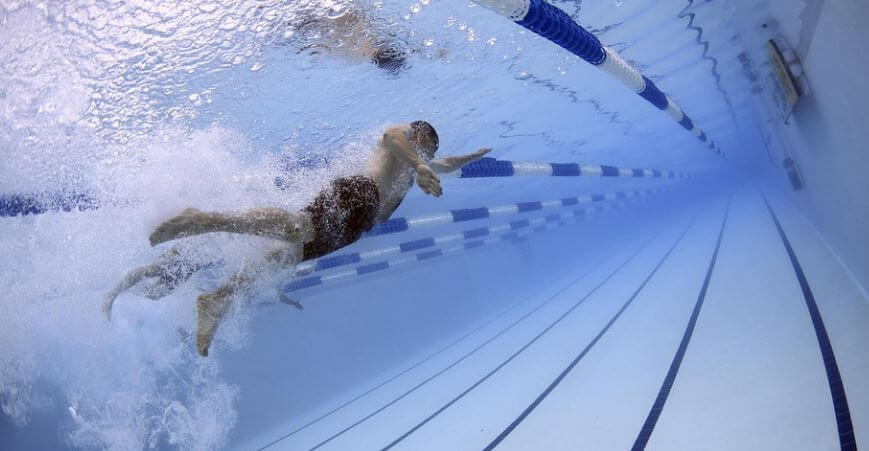
While swimming alone will not lead to a large increase in muscle growth, it can be an effective way to tone muscles and build endurance. In particular, swimming can help to develop the muscle groups in the arms, chest, back, shoulders, legs, and core.
For best results, aim to swim for at least 30 minutes three times per week.
Using certain equipment to increase drag and resistance while swimming can be a more efficient way to build muscle instead of just free swimming.
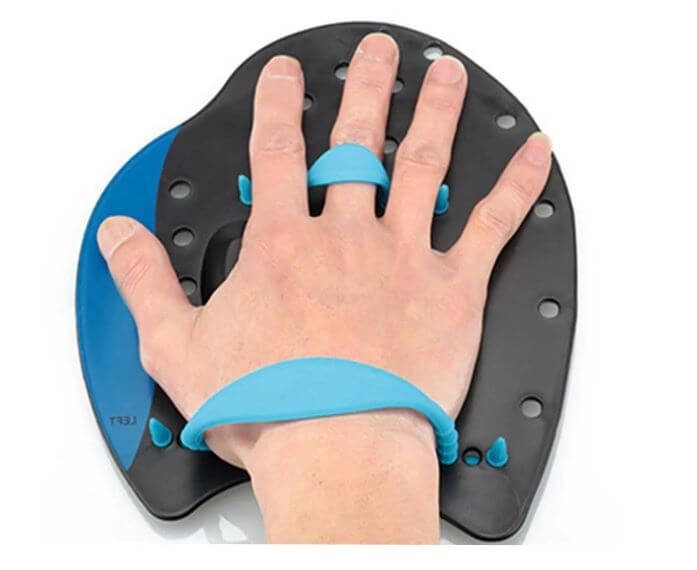
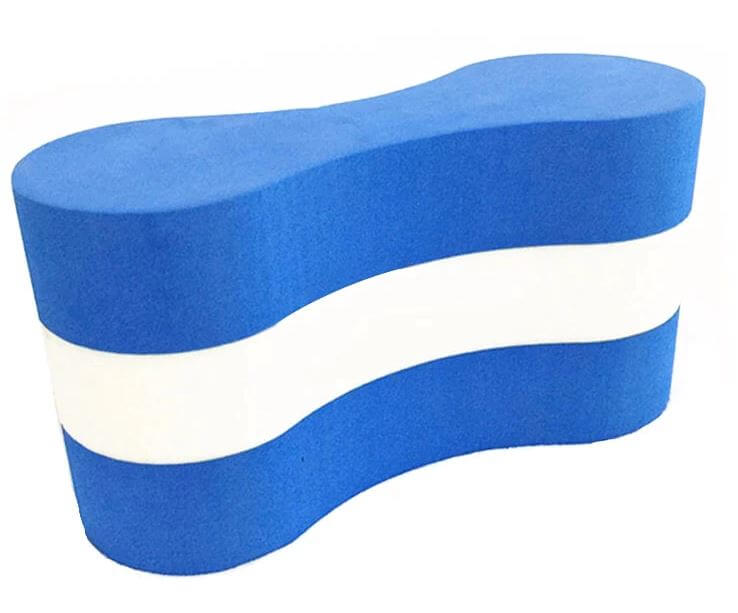
If you want to really target your deltoid and shoulder muscles, you can use hand paddles and a pull buoy. The added resistance of the water will make swimming harder and more difficult, but the paddles will help to engage more arm and shoulder muscles. Using a pull buoy will also help to reduce strain on your neck and back, making it a great option for those with injuries or chronic pain.
In addition, the buoyancy of the pull buoy will help to support your body, making it easier to maintain good form. With regular use, you can see significant results in your shoulder strength and muscle definition.
Articles of interest:
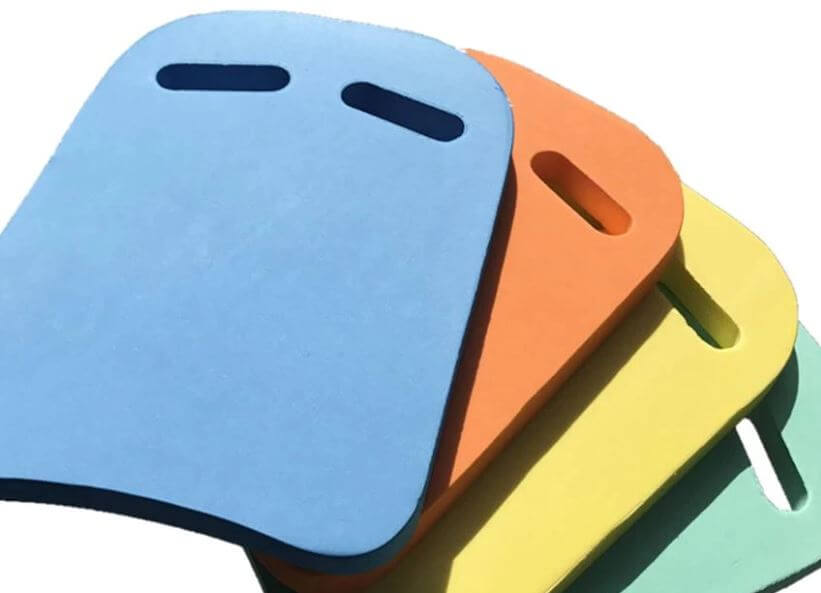
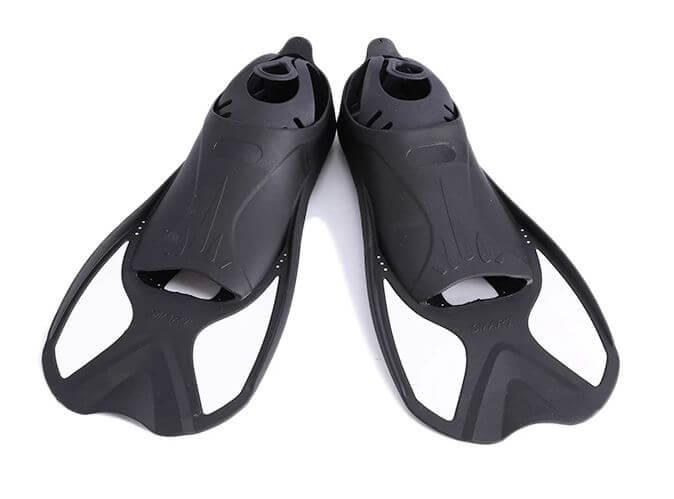
Your legs play an important role in propelling you forward, and kicking with fins can help to build strength and power in your hip flexors. Fins extend the reach of your kick, helping you to move through the water more efficiently.
In addition, they provide resistance that helps to tone your leg and foot muscles. Whether you are a competitive swimmer or just looking for a new way to exercise, using kick boards with fins is a great way to build strength and power in your legs.
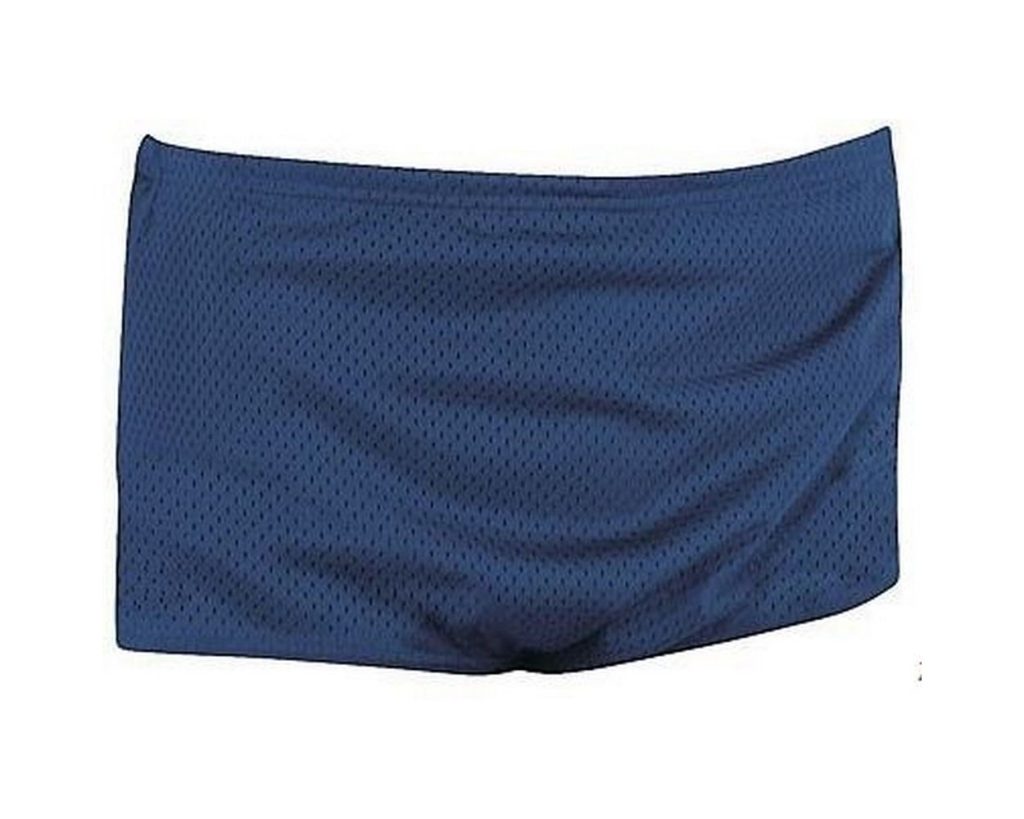
A mesh swimsuit is a suit specifically designed for resistance training. The material is usually made of a close-knit fabric such as nylon or polyester, and the mesh allows water to flow through it more slowly than a traditional swimsuit. This increased resistance to the flow of water increases drag.
Mesh swimsuits are often used by beginners or those who are working on their swimming technique with resistance training, as the extra drag can help them to get a full body workout with greater control.
Mesh swimsuits are often used in during training periods until the final racing season. Your body will be so used to swimming with an increased drag that when you do finally take off your mesh swimsuit, it feels like you are just gliding through the water.
Freestyle swimming mainly builds muscles in the shoulders and arms. This is because these muscles are used to pull the body through the water. The legs and feet are mostly used for kicking, which helps to provide forward momentum but does not contribute much to leg muscle development. As a result, swimmers who want to focus on building lower-body strength may be better off using a different stroke, such as the breaststroke.
Breaststroke is often considered to be the easiest stroke for beginners, as it does not require the swimmer to rotate their body or perform an extravagant kick. However, breaststroke is also an excellent workout for building both upper body muscles and leg muscles, as it primarily works the muscle groups in the chest, shoulders, back, glutes, and quads. In addition, breaststroke is a low-impact exercise, which makes it ideal for those with joint problems.
The butterfly stroke is an effective way to work the back muscle, as well as the specific muscles in your chest, back, shoulders, abs, and quads. Kicking your legs in a coordinated fashion helps to work the muscles in your thighs and buttocks. As a result, butterfly swimming is a great way to tone your upper and lower body muscles. So if you're looking for a workout that will help you build core strength and muscle, be sure to add some butterfly swimming to your routine.
However, the butterfly is one of the hardest strokes, so this is not recommended for beginners. It will take some time to be able to swim butterfly in long intervals.
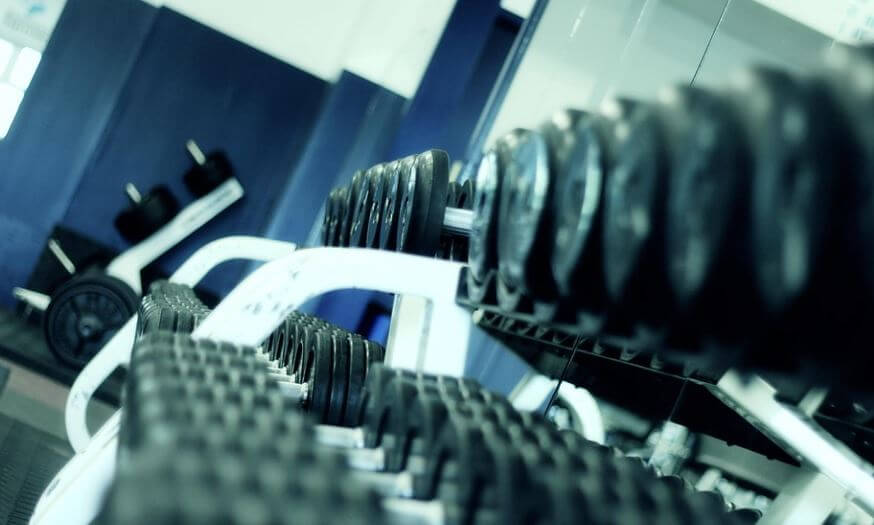
Swimming has many positive effects. As it influences the development of every muscle group and the whole body, including upper body muscles, such as the neck muscles, pectoral muscles, core muscles, back muscles, and various lower body muscles like the outer abdominal muscles. In order to build muscles, while swimming, it is important to consider that different muscles are developed, depending on various building blocks, such as training frequency, stroke techniques, metabolic stress, body weight, and the type of swimming exercise. For example, different strokes build certain muscle groups. Sweeping arm movements are great for toning muscles. Through it, building muscle will be similar to lifting weights.
Butterfly strokes are great for the development of lower limbs and increase resistance in the same way as a resistance training workout and resistance exercise. In fact, the butterfly stoke and the leg kick are good cardiovascular exercises. After just a few laps you will be one step closer to achieving a swimmer’s body. Swimming workouts and swimming work in the same way and have the same stress as cardiovascular fitness. Both are great for toning muscles and building muscle strength. Just be sure to remember that swimming means a great deal of burden on your body, so make sure to eat some lean proteins after a good workout, or multiple swim sessions.
Swimming is a great workout on its own, but it can also be beneficial to combine it with other forms of exercise. Doing so can help to improve your overall fitness level and reduce the risk of injury.
One of the best ways to combine swimming with other forms of exercise is to swim laps for one part of your workout and then do some weightlifting or bodyweight exercises for another part. This can help you to work different muscle groups and get a well-rounded workout.
While swimming alone can be an effective way to tone muscles, it is not the most effective way to build muscle mass. In order to build the most muscle, you should incorporate weightlifting into your routine.
Weightlifting helps to build muscle by breaking down and rebuilding muscle tissue. When you lift weights, you are essentially causing microscopic tears in your muscles. As your body repairs these tears, the muscles become stronger and larger. In order to see the best results, aim to lift weights three to four times per week along with your swimming regimen.
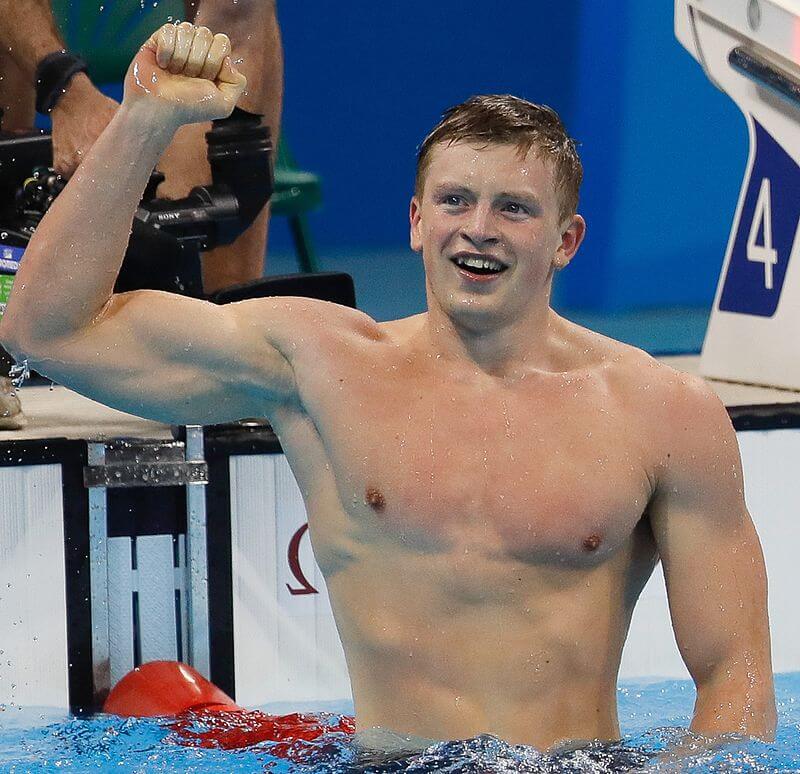
If you look at well-known short-distance swimmers, they all incorporate some form of weightlifting training. Usually, they focus on 4-8 reps with heavier weights, mainly targeting muscles that are specifically used for swimming.
In order to see continual gains in muscle size and strength, it is important to allow your body adequate time to recover after doing various swimming strokes. When you lift weights, you are actually causing tiny tears in your muscle fibers. In response to this cellular damage, your body ramps up its production of proteins, which are used to repair the damaged tissue and build new muscle.
However, this process takes time, and if you do not give your muscles a chance to recover, you will not see the results you are hoping for. During your rest days, make sure to get plenty of sleep and eat a nutritious diet to support your body’s recovery process. By taking care of your body, you will be able to make the most of your workout and see the results you desire.
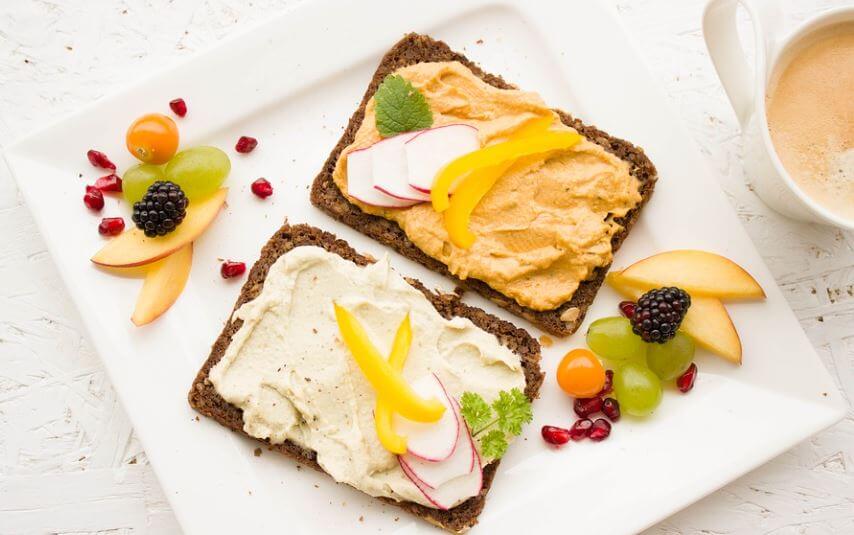
Lastly, it is important to remember that diet is the most important aspect of building muscle. No matter how much you exercise, you will not see results if you are not eating the right foods. Moreover, remember that by swimming you burn calories.
To build muscle, you need to consume more calories than you burn. This means eating foods that are high in protein and healthy fats. Good sources of protein include lean meats, fish, eggs, and dairy products. Healthy fats can be found in avocados, nuts, and seeds. In addition to these nutrient-rich foods, be sure to eat plenty of fruits and vegetables for added vitamins and minerals.
There are a lot of different diet plans that you can find online these days. So, how do you pick the right one for you? First, consider your goals. Are you trying to lose weight, gain muscle, or just eat healthier? Once you know what your goals are, you can narrow down your options and start doing some research. Read reviews of different diet plans and see what other people have to say about them. Find out what kind of foods are included in each plan and whether or not they fit into your lifestyle. And finally, pick a plan that you think you can stick with long-term. Making healthy changes to your diet is a process, so it’s important to find a plan that will work for you in the long run.